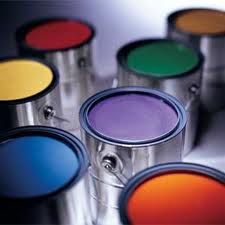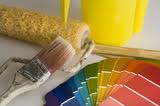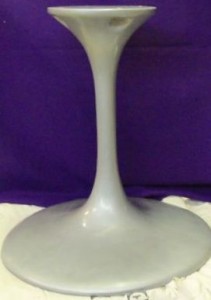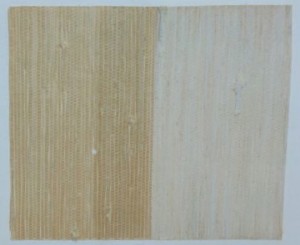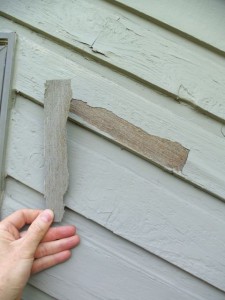A current wall art project is the epitome of our slogan as a painting and decorating contractor in the Chicago area: “We paint in partnership with YOU!”. In this case, the “you” is our client, the means is our color and concept consultation service and the object is a large wall art composition (16’x8’) our client wants to create for a large wall in his front stairway area.
Our client is an engineer and, therefore, very detailed-minded. He also likes to use his hands to build things in the physical realm. He approached us to help him design a large dimensional wall art creation. He told us he had some ideas and wanted to be involved in the creation of the physical elements, but was totally stymied in the development of the concept for the artwork and the decoration of the elements.
During the consultation, he described what he likes and dislikes regarding shapes, materials etc. We also presented him with a large amount of images and patterns to gain further insight into the elements of a design that would both appeal to him and, equally as importantly, permit him to use his hands and tools in creating the physical elements of the design, while having the design meet the spatial requirements.
This week, I presented a trial sketch of the ideas we came up with. He admitted that, at the outset, he had a fear that this process might not work. However, when he saw the sketch, he said: “You understood me – this is what I was hoping for. I am happy!” We could not have hoped for a better outcome: our client was not only pleased with the design, but also saw how he could use his skills to get involved in the creative process. Two days later, he was meeting with a buddy to discuss creating the physical pieces of the artwork. He is on his way now!
Once he is done with creating the physical elements, we will meet with him again to discuss color, texture and finishes for the elements. Our company will then proceed with the painting and decorating aspects of the project.
This is an outstanding example of how we use a consultative approach to involve our clients in the creative process of making vision of “home’ come alive.







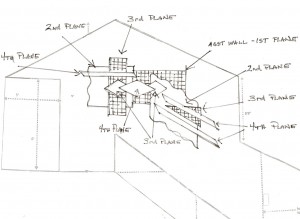
 Follow
Follow

